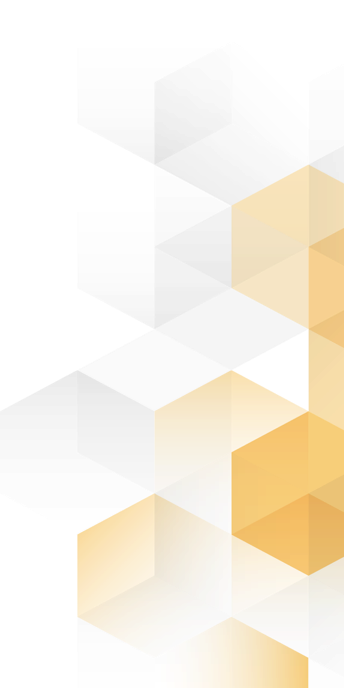Ray Seaver
CEO of zizzl
That sticky note – the one with the important reminder on it is missing. It’s unfortunate if it was a reminder to tell your health plan that “Joe” left the company and needs to be removed from coverage. Months down the road you’ll spend hours trying to claw back premium that shouldn’t have been paid. Worse yet, if the health plan doesn’t budge from their policies, it could cost you thousands of dollars.
Placing trust in sticky notes and spreadsheets when it comes to communicating eligibility changes to benefit vendors is a risky proposition. There’s a lot at stake. In 2015, The Kaiser Family Foundation (www.kff.org) reported Wisconsin health insurance premiums averaging $17,662 for family coverage and $6,011 for single coverage. And that’s just for health insurance. Forrester Consulting, in a 2017 study commissioned by bswift, estimated that a company with 300 enrolled employees could save over $28,000 a year by eliminating health, dental, and vision premium payment mistakes.
So how do you ditch the sticky notes and spreadsheets?
Step 1 – Admit that mistakes will be made. It’s one thing to remember to notify benefit vendors of terminations. It’s another to ensure every tier of coverage is accurate and dependents are removed from plans when they lose eligibility. And if you’re expecting your benefit vendors to stay on top of it all in the midst of their Obamacare ACA challenges, you’re setting yourself up for failure.
Step 2 – Embrace benefits technology. It’s long past time to stop thinking your people won’t “go online” to make their benefit selections. They do and they will. Maybe not on a “computer” but they certainly will on their phone! Capturing enrollment data electronically facilitates application of automated rules that catch all the details that need to be tracked. It also enables automated, accurate, and timely reporting of that data to your benefit vendors. If your benefits broker doesn’t provide access to a quality benefits technology platform, find one that will.
Step 3 – Demand more from your payroll provider. Payroll is the first to know about new hires, terminations, and employment status changes that impact benefits. An efficient way to exchange data with your benefits technology is mandatory to leverage its automated features. If your payroll provider is more interested in selling you their “benefits module” than developing an efficient way to trade data with yours, find one that will. Payroll-centric technology has a long way to go to catch the best-in-class benefit platforms of today.
With reliable and automated processes in place to communicate eligibility changes to your benefit vendors, you’ll avoid premium payment mistakes. Perhaps more impactful than that is the time you’ll get back to make progress on optimizing your business results.

